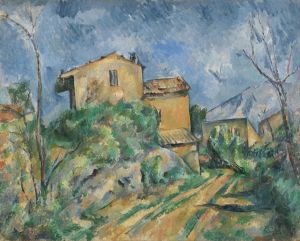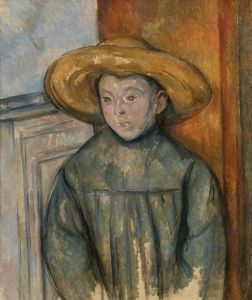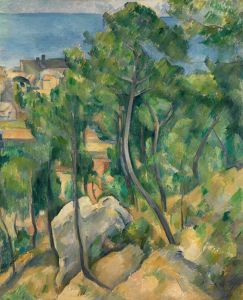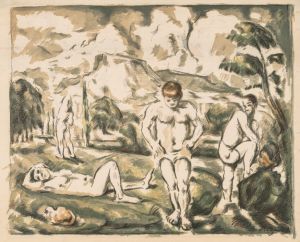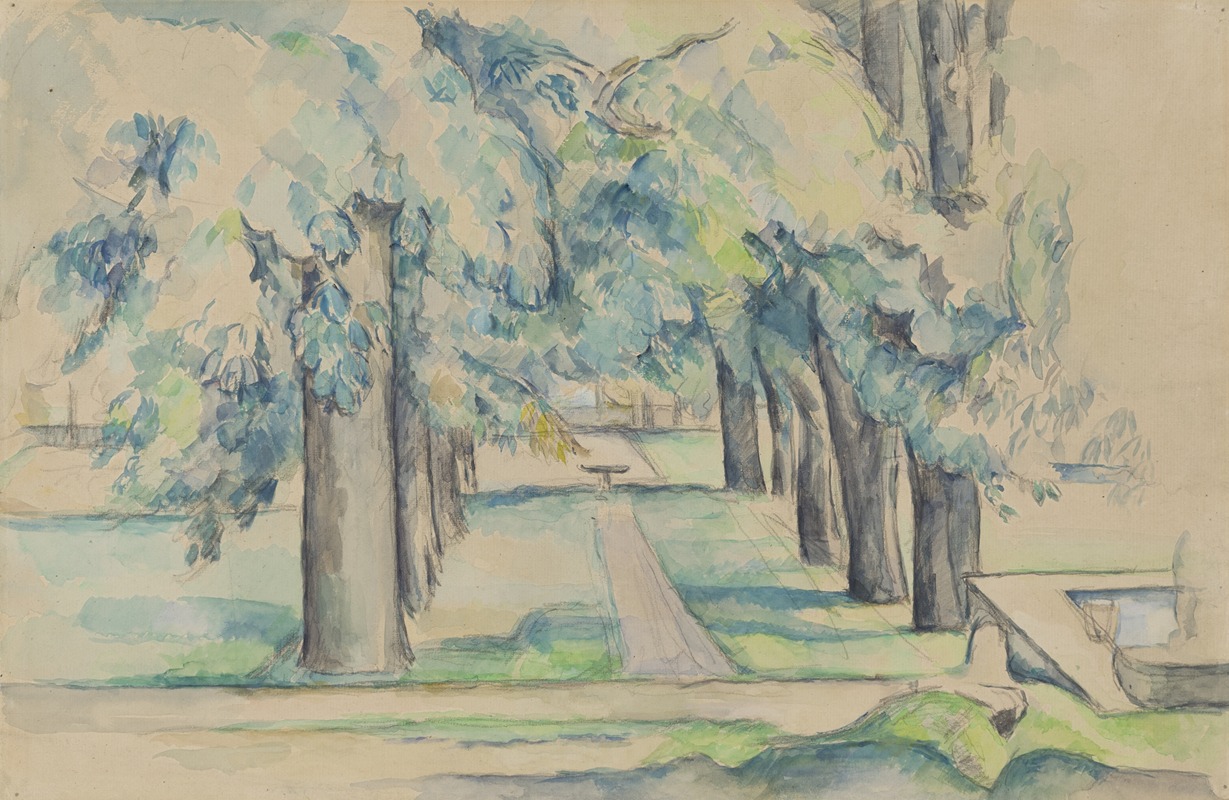
Avenue of Chestnut Trees at the Jas de Bouffan
A hand-painted replica of Paul Cézanne’s masterpiece Avenue of Chestnut Trees at the Jas de Bouffan, meticulously crafted by professional artists to capture the true essence of the original. Each piece is created with museum-quality canvas and rare mineral pigments, carefully painted by experienced artists with delicate brushstrokes and rich, layered colors to perfectly recreate the texture of the original artwork. Unlike machine-printed reproductions, this hand-painted version brings the painting to life, infused with the artist’s emotions and skill in every stroke. Whether for personal collection or home decoration, it instantly elevates the artistic atmosphere of any space.
Paul Cézanne's "Avenue of Chestnut Trees at the Jas de Bouffan" is a notable work that reflects the artist's deep connection to his family estate, the Jas de Bouffan, located in Aix-en-Provence, France. Cézanne's father purchased the estate in 1859, and it became a significant source of inspiration for the artist throughout his career. The painting is one of several works that Cézanne created depicting the landscape and surroundings of this estate.
The Jas de Bouffan estate, with its expansive grounds and distinctive architecture, provided Cézanne with a rich variety of subjects to explore. The "Avenue of Chestnut Trees" captures a specific view of the estate's tree-lined avenue, showcasing Cézanne's evolving style and his interest in capturing the essence of nature through form and color. The painting is characterized by its structured composition and the use of color to convey depth and volume, elements that are hallmarks of Cézanne's mature style.
Cézanne's approach to painting was innovative for his time. He sought to move beyond the Impressionist focus on capturing fleeting moments of light and atmosphere, instead aiming to depict the underlying structure of the natural world. In "Avenue of Chestnut Trees," this is evident in the way he uses geometric shapes and a carefully considered palette to create a sense of order and permanence. The chestnut trees are rendered with a solidity and weight that reflect Cézanne's interest in the enduring qualities of the landscape.
The painting also demonstrates Cézanne's technique of building form through color modulation rather than relying on traditional linear perspective. This method involves using variations in color to suggest the contours and dimensions of objects, a technique that would later influence the development of modern art movements such as Cubism. Cézanne's work, including "Avenue of Chestnut Trees," played a crucial role in bridging the gap between 19th-century Impressionism and the more abstract approaches of 20th-century art.
Throughout his life, Cézanne maintained a deep attachment to the Jas de Bouffan, and it remained a recurring theme in his work. The estate's landscapes provided a constant source of inspiration and a setting in which he could experiment with his artistic ideas. "Avenue of Chestnut Trees at the Jas de Bouffan" is a testament to this enduring relationship and highlights Cézanne's ability to transform familiar scenes into profound explorations of form and color.
Today, Cézanne is celebrated as a pivotal figure in the history of art, and his works are held in high esteem by museums and collectors worldwide. "Avenue of Chestnut Trees at the Jas de Bouffan" is an exemplary piece that illustrates his innovative approach and his lasting impact on the trajectory of modern art. The painting not only captures a specific location but also embodies Cézanne's broader artistic vision, making it a significant work in his oeuvre.












